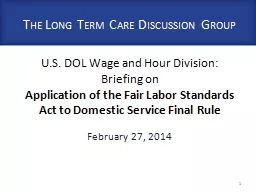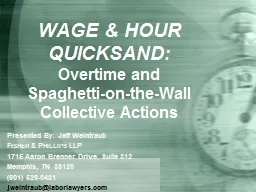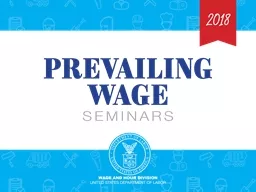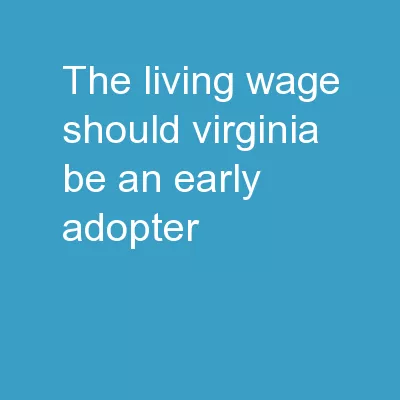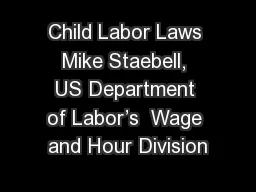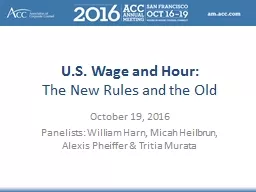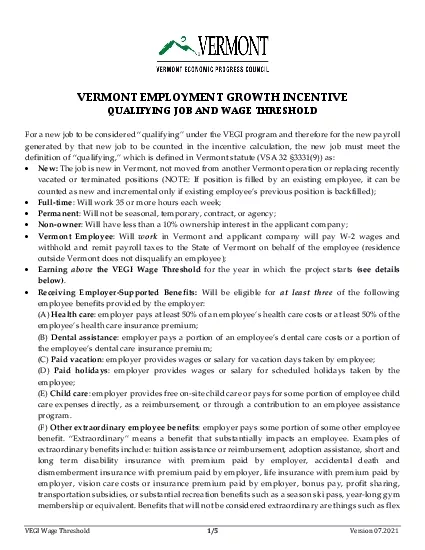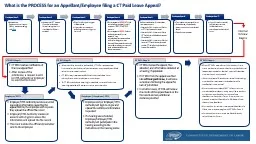PPT-U.S. DOL Wage and Hour Division:
Author : marina-yarberry | Published Date : 2017-03-28
Briefing on Application of the Fair Labor Standards Act to Domestic Service Final Rule February 27 2014 1 The Long Term Care Discussion Group 2 Wage and Hour
Presentation Embed Code
Download Presentation
Download Presentation The PPT/PDF document "U.S. DOL Wage and Hour Division:" is the property of its rightful owner. Permission is granted to download and print the materials on this website for personal, non-commercial use only, and to display it on your personal computer provided you do not modify the materials and that you retain all copyright notices contained in the materials. By downloading content from our website, you accept the terms of this agreement.
U.S. DOL Wage and Hour Division:: Transcript
Download Rules Of Document
"U.S. DOL Wage and Hour Division:"The content belongs to its owner. You may download and print it for personal use, without modification, and keep all copyright notices. By downloading, you agree to these terms.
Related Documents

